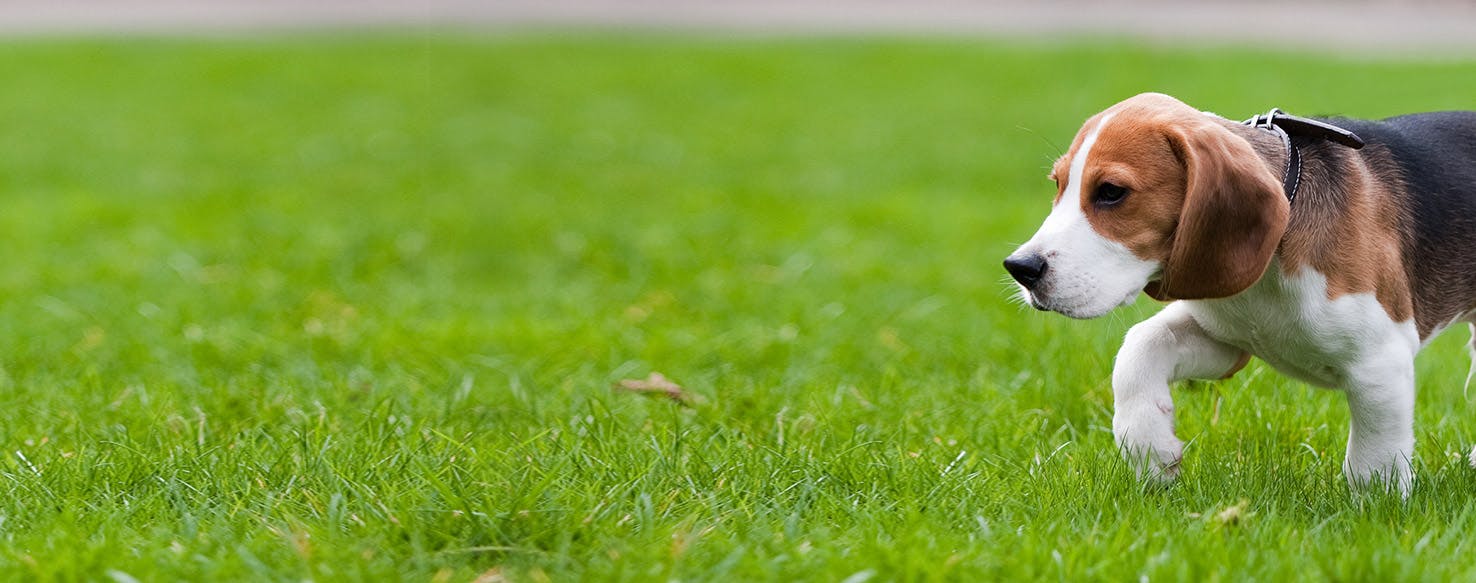- Home
- The Daily Wag!
- Behavior
- Why Do Dogs Have A Strong Sense Of Smell

Common
Normal
Have you ever watched your dog sniffing around on the floor or taking a whiff of your clothes and wondered what on earth he or she could be smelling? Your dog's olfactory experiences fall squarely into the category of things we can never share, no matter how much we try. It is a species thing.
So what is the explanation behind that incredible sense of smell? Veterinarians and researchers believe that the explanation lies where canine anatomy and physiology meet the physics of air flow. Dogs are built to perceive odors with incredible precision and intensity, thanks to their noses, their brains, and how the two interact.
Professor Lawrence Myers serves as a canine olfaction expert with the Institute for Biological Detection Systems, which operates through Auburn University's School of Veterinary Medicine. He has confirmed that although a number of studies have attempted to compare dogs' and humans' senses of smell, a dog's lack of ability to participate consciously in testing means that there is no single definitive number. What we do know is that dogs can smell tens of thousands of times better than a human, primarily because of the vast number of olfactory receptors that they possess. The average dog has as many as 300 million olfactory receptors in his or her nose, while a human being has approximately six million. Meanwhile, the nose itself is anatomically different than a human's, as it includes separate air passages for breathing and for smelling. This means that that the dog can hold on to a smell even as he or she exhales. The exhalation process can help with the smelling process, as the travel of air out of the nose allows the dog to pull in more molecules related to smell. Many of these molecules are waiting right there on the dog's nose, thanks to a coating of mucus that picks up particles of odor.
Dogs even have an olfactory structure that humans do not possess at all. It is known as the vomeronasal organ, or the Jacobson's organ. It exists to pick up and process the signals from pheromone molecules, which communicate such social information as the aggressiveness of a nearby animal or the presence of a potential mate. These receptors communicate with an olfactory cortex that is approximately 40 times the size of a human's. The vastness of the dog's olfactory cortex means that it can perceive minute traces of chemicals, distinguish one scent from another, and prioritize the pursuit of a particular scent.
Need advice about your pet's health?
Get answers fast from a veterinary professional 24/7 in the Wag! App.
Get Vet ChatThese abilities are a gift to dogs from nature. Whether or not owners want their dogs to be able to smell a sandwich in a purse or a bag of dog treats in the back of the car, they can. So how do you make the ability work for you? Many dogs are trainable in following a scent. You can start by having your dog find a hidden toy in the house, then work your way up to laying tracks. To do this, walk a track for your dog to follow, and place food morsels along it. The first tracks should be straight, although you can work your way up to curves. At the end of the track should be an object, such as a sock, filled with food. Once you have placed the article, bring a second article with the same scent to your dog. Then, place a harness on the dog and encourage it to follow the scent. Just like any other canine skill, it requires the owner or trainer to follow the dog along and praise his efforts as he follows the trail. However, because tracking does require a lot of concentration on the part of the dog, the trainer needs to ease off on the praise as soon as the dog is focused on the scent and committed to following it. After that point, the dog is internally motivated and verbalization is more distracting than anything else.
Humans will always believe that they can outsmart nature, and there are a number of theories out there on how to throw a dog off your scent. One of the most popular is that pepper on one's trail can distract a dog. This rumor spread through the media when a state police superintendent in New York suggested that an escaped convict had thrown off racker dogs by sprinkling pepper, but Paul Waggoner of the Canine Research Detection Institute of Auburn University said that this tends not to work. Pepper might give the dog pause for a moment, but a trained tracker dog would have no problem working through it and picking out the correct scent.Whatever your reasons might be for wanting to evade your dog's nose, you are unlikely to succeed for long.
Of all a dog's talents, the ability to identify and follow scents could be the most powerful. It can sniff out drugs, find a lost child, or track a dangerous person.Your own dog may choose to use this skill primarily to see which of his or her four-legged neighbors have been marking the yard, but that is just fine. Either way, the nose knows!
Written by a Labrador Retriever lover Laura DeCesare
Veterinary reviewed by:
Published: 03/08/2018, edited: 01/30/2020
More articles by Laura DeCesare

